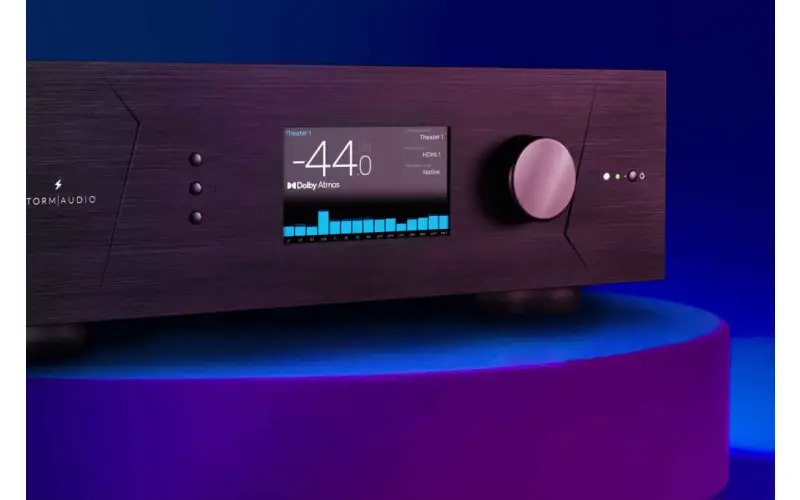By CE Critic - Buy Better Tech
Enhancing Your Home Theater Experience
Home theater projectors have become a staple for movie and sports enthusiasts seeking the ultimate cinematic experience within the confines of their homes. However, creating the perfect viewing environment can be a complex endeavor, with factors like ambient lighting, room dimensions, and screen size to consider. In this pursuit of perfection, one technique stands out as a game-changer: masking. In this article, we'll delve into the world of masking and uncover its significance in the realm of home theater projectors.
Section 1: Demystifying Masking
What Is Masking and Why Does It Matter?
Masking is the secret sauce behind achieving the ideal projection on your screen. But what exactly is it? Masking, in the context of home theater projectors, is the art of adjusting the projector's image to perfectly fit the screen. This seemingly simple process is anything but trivial, and its importance cannot be overstated.
Section 2: The Battle Against Visual Distractions
Eliminating Unwanted Visual Intrusions
Unwanted visual distractions can severely impact your viewing experience. Things like ambient light streaming in through windows or other sources can cast glare and reflections on the screen, effectively stealing the limelight from your content. This is where masking steps in as the unsung hero. By skillfully adjusting the projector's image to match your screen, masking minimizes the disruptive effects of these distractions, ensuring that your focus remains firmly on what matters most – the content.
Section 3: Crafting the Perfect Aspect Ratio
Aspect Ratio Adjustment for Image Quality
Aspect ratio, the relationship between an image's width and height, plays a pivotal role in image quality. Different movies and shows may be filmed in various aspect ratios. For instance, older classics often feature a 4:3 aspect ratio, while modern widescreen productions usually adopt a 16:9 aspect ratio. Masking saves the day yet again by allowing your projector to adapt the image to your screen's aspect ratio, ensuring a distortion-free and visually pleasing display.
Section 4: Perfecting the Image Size
Tailoring Your Image to Fit the Screen
Sometimes, the image projected may not perfectly match your screen's dimensions – it can be too large or too small. This mismatch can disrupt the viewing experience, but with masking, you have the ultimate solution at your disposal. Masking empowers your projector to fine-tune the image size, so you can enjoy content without obstructions or irregularities.
Section 5: The Art of Masking Techniques
Exploring Mechanical, Electronic, and Manual Masking
Masking comes in various forms to cater to different needs. Mechanical masking involves physically adjusting the projector lens to fit the screen, while electronic masking harnesses software for aspect ratio and image size adjustments. Lastly, manual masking is the hands-on approach, putting control in your hands. These masking techniques allow you to tailor your experience to your preferences.
Section 6: Cinematic Perfection at Home
Embracing the Magic of Masking
In conclusion, masking is the secret ingredient that elevates your home theater experience to extraordinary heights. It erases visual distractions, perfects aspect ratios, and ensures an unobstructed view of your content. With the right masking technique at your disposal, your home theater becomes a haven that rivals the best commercial movie theaters. So, step into a world of immersive entertainment and discover the wonders of masking in home theater projectors.





